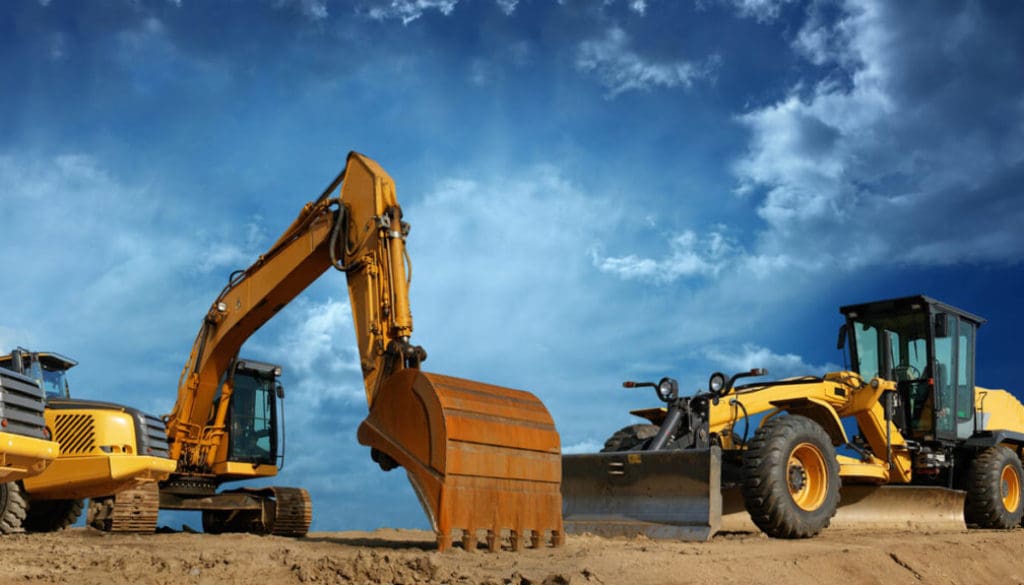Heavy equipment plays a crucial role in modern construction, mining, agriculture, and infrastructure development. When discussing what are the types of heavy equipment, it’s essential to understand that these powerful machines are designed for specific purposes such as excavation, lifting, grading, demolition, and material handling. Each type of heavy machinery is equipped with unique features and attachments that make it suitable for various job site tasks. From the towering cranes that lift tons of materials to the sturdy bulldozers that move massive amounts of earth, heavy equipment is the backbone of every large-scale project.

One of the most commonly recognized types of heavy equipment is the excavator. Known for its long arm and bucket, the excavator is primarily used for digging trenches, holes, and foundations. It also performs tasks like demolition, river dredging, and heavy lifting. Its hydraulic system allows for smooth and precise operation, making it indispensable on construction sites. Following excavators, bulldozers are another fundamental type of heavy equipment. With their wide, flat blades, bulldozers push large quantities of soil, sand, and debris, helping to clear land or create level surfaces for building projects.
Loaders are another essential category, widely used for loading materials into trucks or transporting them around a site. Wheel loaders and skid steer loaders come in different sizes and capabilities, offering versatility in material handling. Similarly, backhoe loaders combine the functions of an excavator and a loader, making them perfect for small to medium-sized projects where space and versatility are key.
In addition to earthmoving machines, lifting equipment like cranes plays a vital role in construction. Tower cranes, mobile cranes, and crawler cranes are used to lift and move heavy materials to significant heights or distances. Their strength and stability make them essential in constructing tall buildings, bridges, and industrial facilities. Graders, on the other hand, are primarily used for road construction. They create a smooth, flat surface after bulldozers and scrapers have done the initial groundwork, ensuring roads are properly leveled and graded.
Another important type of heavy equipment is the dump truck, which is designed for transporting loose materials such as gravel, sand, or demolition waste. These trucks come in various sizes, from small site dumpers to massive off-highway trucks used in mining. Compactors or rollers are also crucial for compressing soil, gravel, or asphalt to create a stable foundation for roads and structures.
Modern heavy equipment is often equipped with advanced technologies such as GPS tracking, automation, and fuel-efficient engines, increasing both productivity and safety. Whether in construction, agriculture, or mining, these machines help complete projects efficiently, saving time and labor costs.
In summary, understanding what are the types of heavy equipment allows professionals to select the right machinery for their specific project needs. From excavators and bulldozers to cranes and graders, each piece of equipment contributes to shaping the infrastructure that supports modern civilization.
